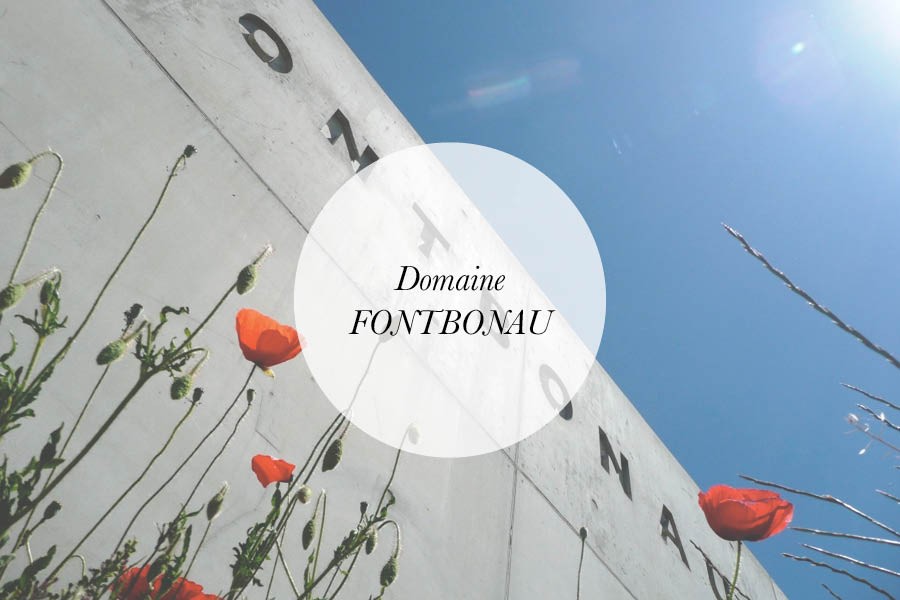Product Description
The aspiration is to achieve a high quality wine, indeed to produce the best Côtes Du Rhône in the world.
“When I was 6, my grandfather Pons who was a wine merchant in Narbonne, introduced me to wine and its production, at 26 years old, I created a wine bar in Paris, Fontbonau came as a natural consequence.” Frédéric Engerer
President of Château Latour in Pauillac for 15 years and more recently Domaine d’Eugénie in Vosne Romanée, Frédéric has developed a keen sense of expertise on noble terroirs, wine varietal expression, implementation of organic viticulture, wine ageing cares as well as on understanding the wine connoisseurs’ tastes.’
“I always saw my grand father then my father and mother deeply attached to our family wine estate. In 1991, I started spending all my free time and holidays visiting wineries from all over France to get a deeper understanding of winemaking and at 30 years old, I took over the family Domaine.” Jérôme Malet.
From the experience of arid lands of Roussillon where the Domaine Sarda-Malet is, Jérôme keeps as a goal to produce dry and sweet wines always more elegant and representative of the Catalan land. From year to year, he crafts new “cuvées” with unique personalities.
Childhood friends, Jérôme and Frédéric decided in 1997 to conduct a first joint wine experience: a mass selection of Cabernet Sauvignon is then planted in Roussillon and a rare wine, called Marius (Vin de Pays des Côtes Catalanes) is for the first time marketed in 2004. There are now some 4,000 bottles sold on the largest markets. In 2008, they embark on another human and wine experience and revive an estate graced by centuries of history, le lieu-dit Fontbonau. They assign the operational responsibility to Sophie Mage graduated from ENITA (National School of Agricultural Engineering) and winemaker.
“We took over the estate in April 2008, fascinated by the scene. We were equally impressed by its heritage as by the land where crooked feet of Grenache were deeply rooted. We could feel the potential there… while still being well aware of the work and investment to reach it.”Jérôme et Frédéric
www.fontbonau.fr
From the first year on, we tied up ourselves into the vineyard restructuration.
Improvement of the plots’ drainage, precise studies of our soils, implementation of a program to rebalance the parcels and their utilisation in line with what we wished to produce, plantation of 2,5 acres (1 hectare) of Roussanne and Viognier and Cabernet Sauvignon in 2010.
To maintain a balance with the local traditional cultures, we also re-planted olive trees on well exposed slopes and we are gradually integrating a truffle field in the middle of our parcels of vines.
In parallel, we proceed with a regular mechanical ploughing of our soils, an organic pest and disease control and with a differentiated management of the canopy surface our vine. These mechanical ploughing enables a better oxygenation of the soil, helps to the development of beneficial fauna and flora and provide better rooting of the vines: vines can draw its water and mineral resources over a greater depth and are less sensitive to climatic hazards.
Our Grenache are mostly goblet pruned, this gives them a greater resistance to wind strength and a better aeration of the vine and thus the future harvest. In addition to these treatments, a meticulous care is given to the leaf surface. Our goal is to optimize the grapes loads by foot, to help to the maturation of healthy grapes when this is the most appropriate time in the cycle of the vine. We therefore conduct, when appropriate, trimming, leaf thinning and cluster selection.
The combination of a solar terroir and the painstaking work that we do, inevitably involves small yields.
Domaine de Fontbonau is located a few kilometers away from the Enclave des Papes, south of the Drôme Provençale. Not run at its fair value in recent years, yet the place has an extremely rich history. A Benedictine priory of the twelfth century with Carolingian foundation and built on a place of Gallo-Roman worship is adjacent to our plots of Syrah. Archaeological excavations have revealed traces of occupation of the site as early as in the Middle Neolithic (about 3000 BC) and in Early Bronze Age (about 1500 years BC). The farm is certified as an inhabited place in the fifteenth century and was very probably a dependency of the monastery. Fontbonau is also mentioned on the map of Cassini (old French map drawn in the 18th century on the orders of Louis XV), thus attesting the recognition of the locality at that time.
Preserved, wild, enchanting, the landscape of Fontbonau consists in 70 years old Grenache vines and 30 years syrah, truffle oaks, lavender and olive trees. Since our acquisition, we have been keen on constantly upgrading this place with all due respect to local traditional cultures.
Our old vines are rooted in soil comprised of sand, silt and fine clays. Poor soils but colonized by the root system of our strains, a rapid drainage during rainy weather but a useful reserve of precious water during summer droughts. The basement is made of safre, a mollasse sandstone which can easily crumbled and is composed of sand and sediment left by the inland seas in the secondary and tertiary eras.
We are fortunate to be nestled under the foothills of the Lance, some 350 meters above sea level, which protects us from excess heat and balances our wines.
The Mistral is another important component of this terroir, it often obliges Sophie to spray our vines before 6 o'clock in the morning. He sweeps our plots, dry soil after the rain, concentrates berries and allows us to keep healthy grapes.
Due to their exposure to sun and to Mistral, their altitude and slight variations in soil, we are dealing with a mosaic of parcels. None forms a large island, each is different and it is therefore natural that we adapt and vinified them, in separate tanks to best




